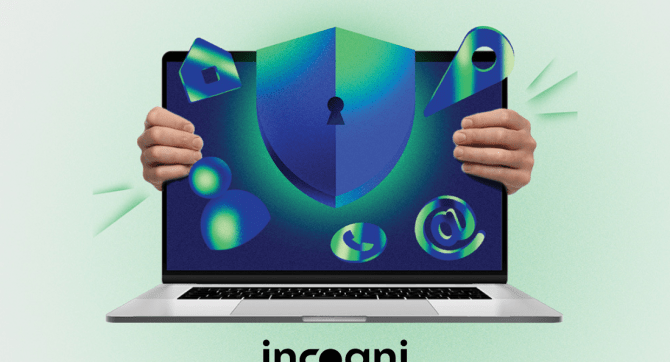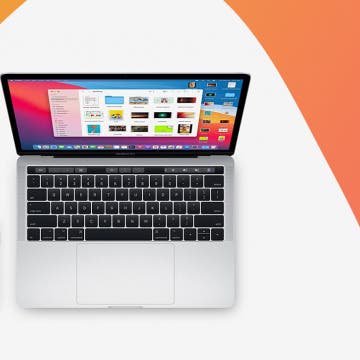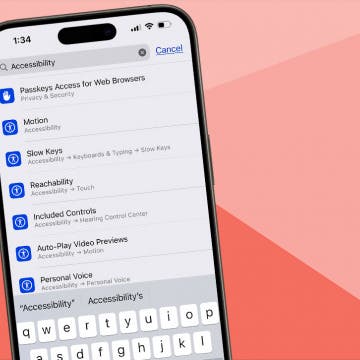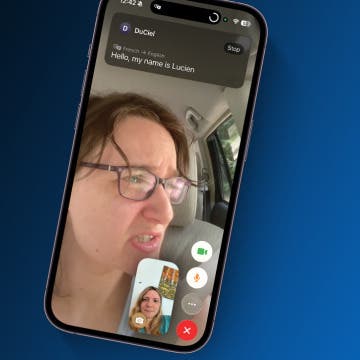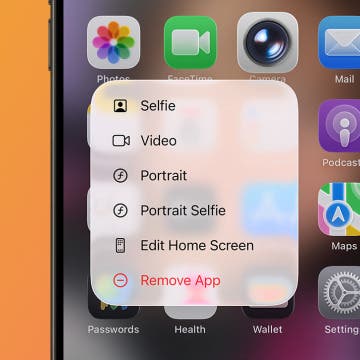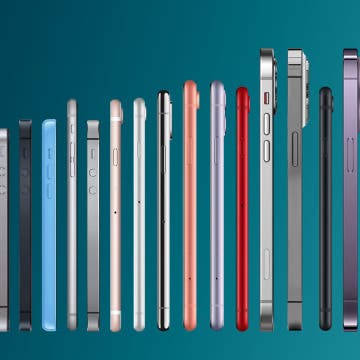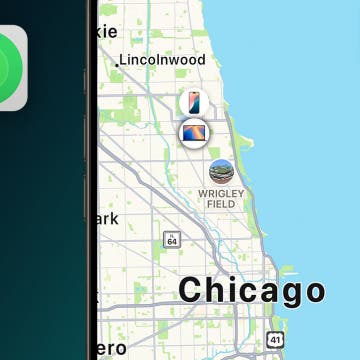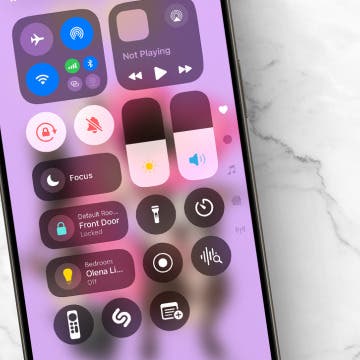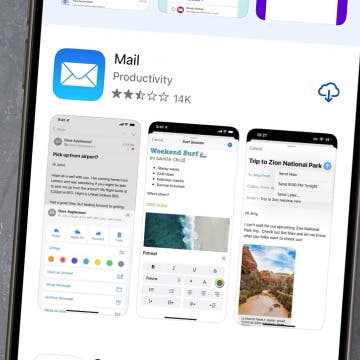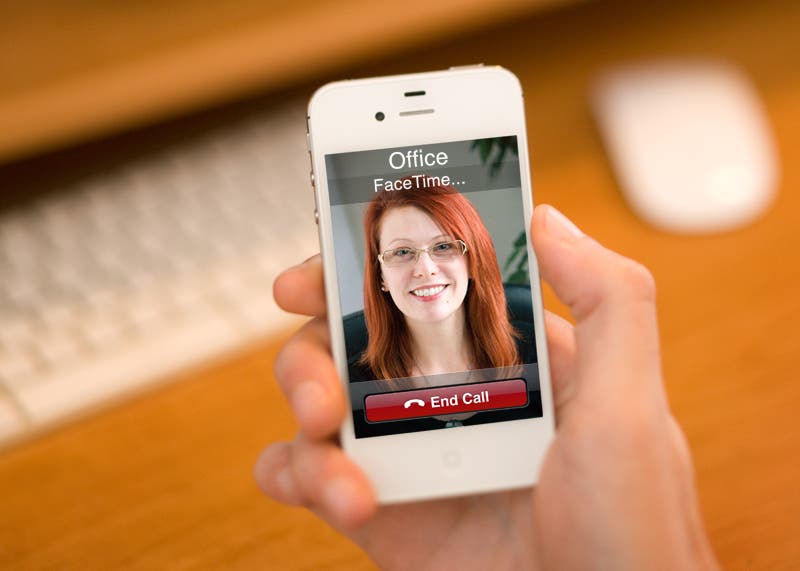
Every once in a while I find FaceTime, Apple’s most excellent video call feature, to be very helpful. There are occasions when I just can’t get in the same room with a client, and FaceTime is a great alternative to just a phone call.
As a form of videoconferencing, it saves lots of time and money by eliminating travel and all the expenses associated with that. Normally I use my iPad because the screen is bigger and it’s easy to keep stationary, but sometimes I have to use my iPhone. FaceTime is a bit challenging in general, but particularly so on the iPhone—not because of the technology, but because of the potential for mishaps.

I mean, you have to be careful that you’re holding the phone so that the other person isn’t looking up your nose or your face isn’t filling the entire screen. This is easier said than done!
So today I have prepared for you a list of my own personal best practices for using FaceTime. It’s just a bunch of stuff I do to make sure I look professional and not like a jackwagon when I’m on a business call.
Pay attention to the basic rules of photography/videography
- Don’t stumble into bad lighting! Make sure you’re sitting in a spot with diffuse lighting so you’re sure to look like your handsome/beautiful self instead of a wrinkled troll with huge dark bags under his eyes. Avoid spotlights and other concentrated sources which can throw off the exposure with overexposed hotspots and underexposed shadows.
- Make sure your background is nice. There’s nothing more distracting than a messy office behind you, with stacks of paper topping over. Also make sure a crazy bright window backlight isn’t causing you (the subject) to be underexposed.
- Get a stand for your phone. This is a good idea for a few reasons. The biggest reason is that a stand will allow you to free up your hands so you can make notes or flip through documents. It’s also good because moving the phone around can have some unfortunate consequences—one of which is creating a lot of motion for the remote viewer, which can lead to nausea. The other is that moving the phone around can create a lot of handling noise that gets picked up in the audio mic.
- Also, check the mirror! You don’t want to start that call with cappuccino foam on your face! FaceTime isn’t the most flattering thing in the world—you HAVE to make sure you look as together as possible before you initiate a FaceTime conversation. So touch up the cosmetics, smooth down that cowlick, clean the spinach from your teeth, etc.
- Despite the name, “FaceTime” doesn’t have to just be about faces. It is very simple (a button press) to stream what you’re looking AT instead of what you look LIKE, and this is invaluable in conveying vast amounts of visual information. For example, rather than taking a series of pictures of a project, let your caller see it all in motion, as you move around/inside it, narrating and/or discussing while you do. Remember you are basically taking a real-time video: trying to stay stable and smooth is important to your viewer!
Always keep in mind that FaceTime isn’t a replacement for human contact. I try to use it only when scheduling just won’t work any other way. Meeting face to face is best, but if you can’t do it, FaceTime is a great substitute!
FaceTime is basically videoconferencing made easy and portable and “free” (if you both have compatible Apple devices). Compared to a voice-only call, it allows you to communicate much more authentically and effectively via non-verbal cues, and good communication is always a most precious resource in maintaining and improving relationships.




